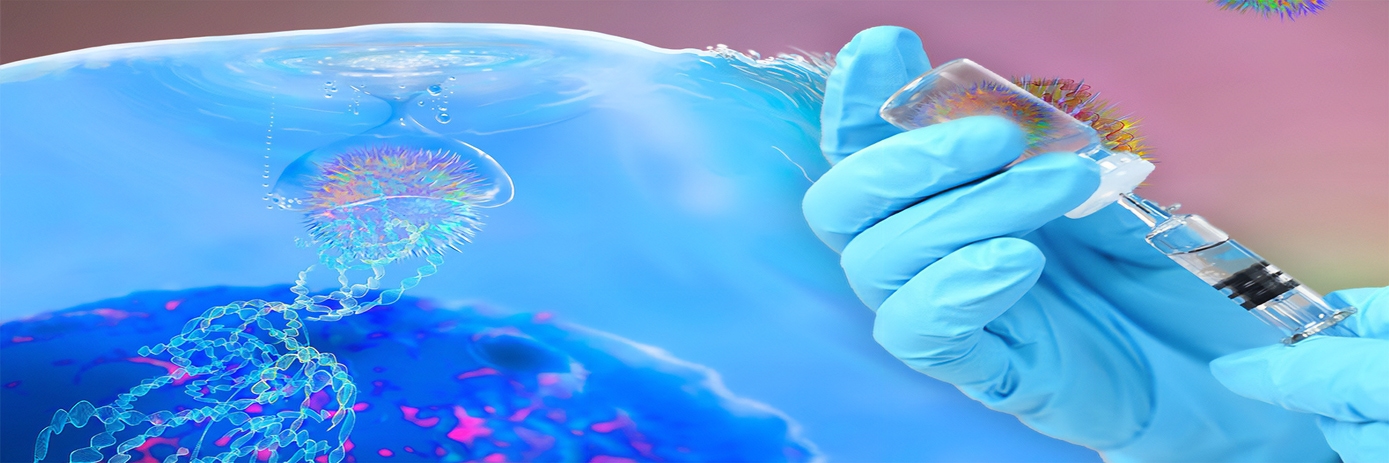The use of immunotherapies to treat certain types of cancer has expanded greatly over the last 25 years. Today, there are many approved therapies that use immune checkpoint inhibitors to activate T-cell killing. Despite the successes, many individuals are still found to be unresponsive to immunotherapy alone or develop resistance over time. Epigenetic therapy is a promising companion therapy to overcome these barriers to effective treatment.
The role of the epigenome in gene expression
The epigenome consists of the molecules that attach to DNA and DNA-associated histone proteins. These molecules interact with each other to alter the three-dimensional shape of the DNA molecule, which in turn modifies gene expression. In other words, the epigenome can package a section of DNA in such a way that it is more or less exposed for gene expression.
If the epigenetics of an immune cell can be manipulated, then gene expression can be altered to adjust the immune cell’s response. This is the key to using epigenetics to mediate anti-tumor immunity. The epigenome has many layers, so it provides many potential therapeutic targets.
Targeting both immune and tumor cells
There are several ways in which epigenetic therapies show promise, and each involves a critical intersection of effects on both tumor and immune cells.
For example, research has shown that epigenetic drugs used to upregulate gene expression in immune cells also produce a series of cellular responses in tumor cells. The responses are associated with repeat elements in the human genome, many of which were from endogenous retroviruses that had been incorporated into the genome over the years; thus, when those sequences are upregulated, tumor cells see it as viral RNA and mount an immune response.
This tumor cell response to viral mimicry has led researchers to stimulate tumor cells to upregulate signal production. The signals then “reach out” and draw immune cells into the tumor environment where immune checkpoint therapy is used to activate their anti-tumor activity. In short, the epigenetic therapy uses the tumor cell to activate its own inflammatory signaling, which, in turn, signals the immune system. The upregulation has also been found to cause a defect in cancer cells that inhibits their ability to repair damage to their DNA.
Clinical trials
There are numerous clinical trials underway for epigenetic therapies, and new drugs and pathways continue to be examined. For instance, one therapy targets the polycomb-group of proteins which can silence many tumor suppressor genes. A key protein for polycomb repression of gene expression is the EZH2 enzyme, and EZH2 inhibitors are in clinical trials with the hope of lifting the polycomb-related gene suppression. One EZH2 inhibitor has already been approved by the FDA for a rare form of pediatric muscle sarcoma.
Another therapy currently in clinical trials targets the LSD1 molecule, which has been shown to upregulate the viral defense response. Investigators are evaluating the use of LSD1 inhibitors combined with DNMTi to improve immune checkpoint therapy. There is a growing series of molecules that could produce similar results.
Eyes to the future
Dr. Stephen B. Baylin, M.D. is a researcher and physician at Johns Hopkins University and Hospital. His research focuses on epigenetics, particularly DNA methylation changes in the chromatin events that subserve those for changing the epigenome and gene expression.
Dr. Baylin and his research team are currently evaluating genome-expression data from their lung cancer therapy trials. They hope to identify markers that correlate with the best responses and the longest disease-free durations when using tandem epigenetic and immune checkpoint therapies. He looks forward to developing personalized therapies based on an individual’s markers.

































